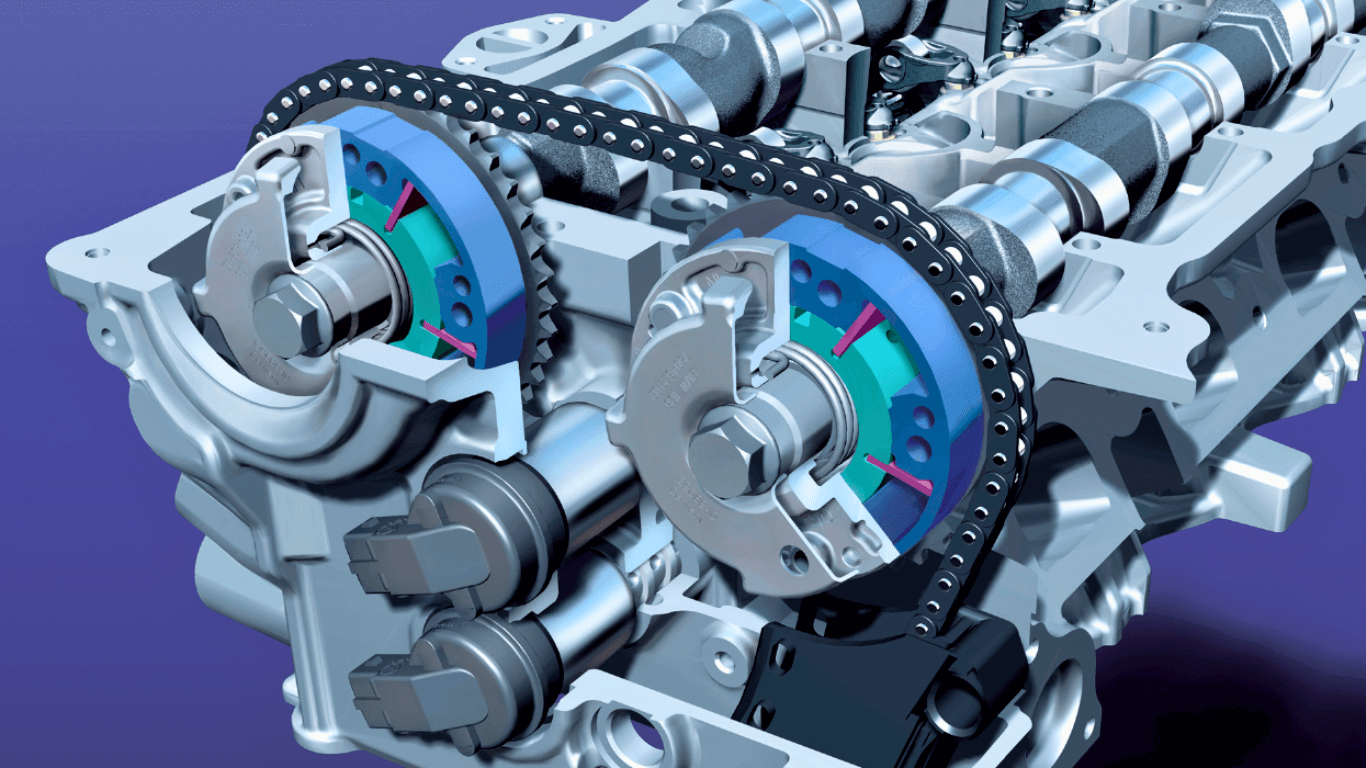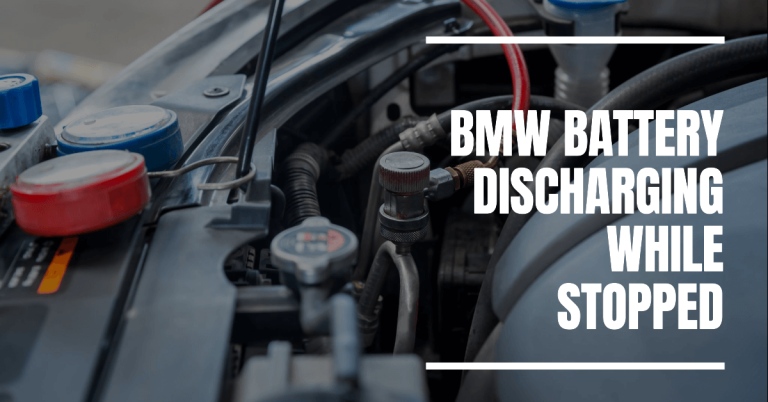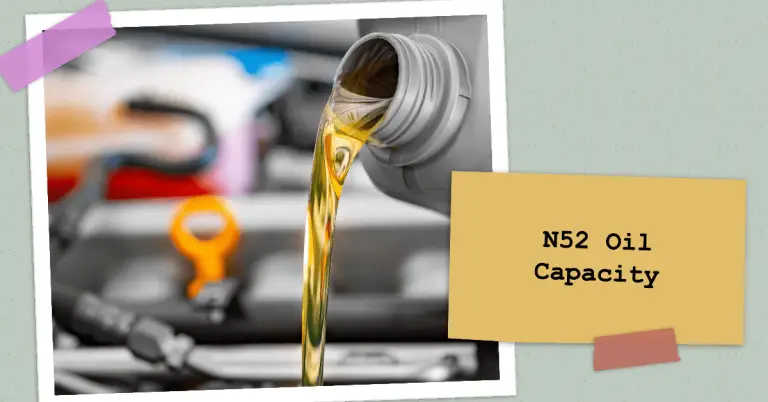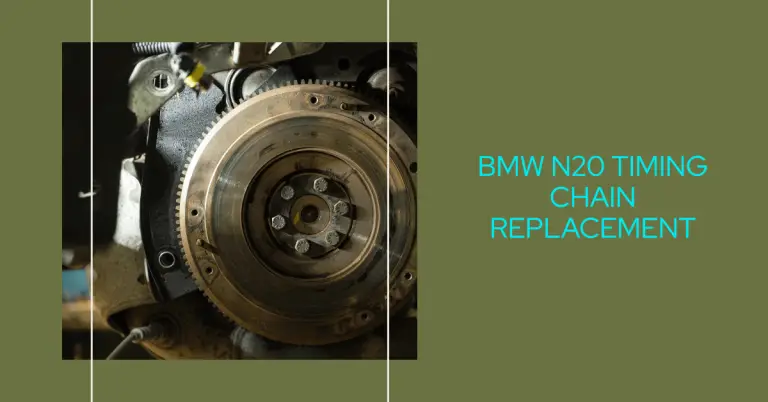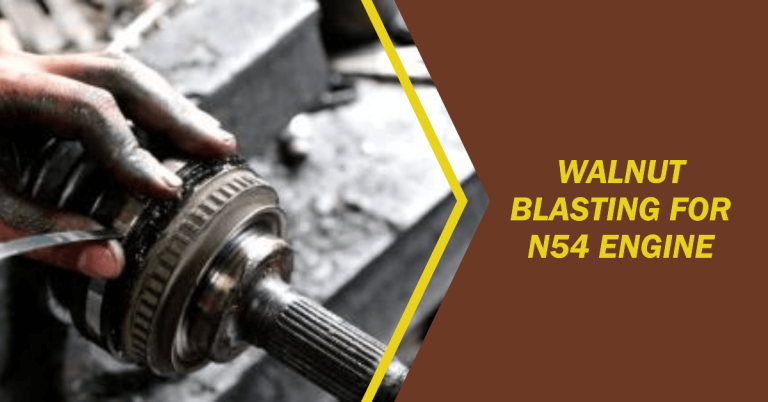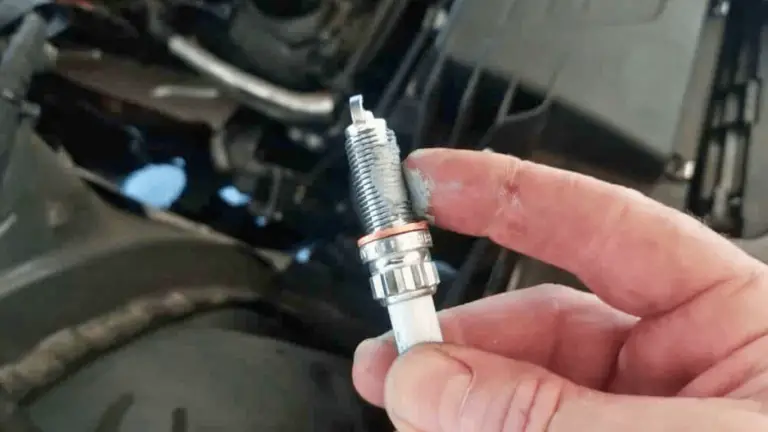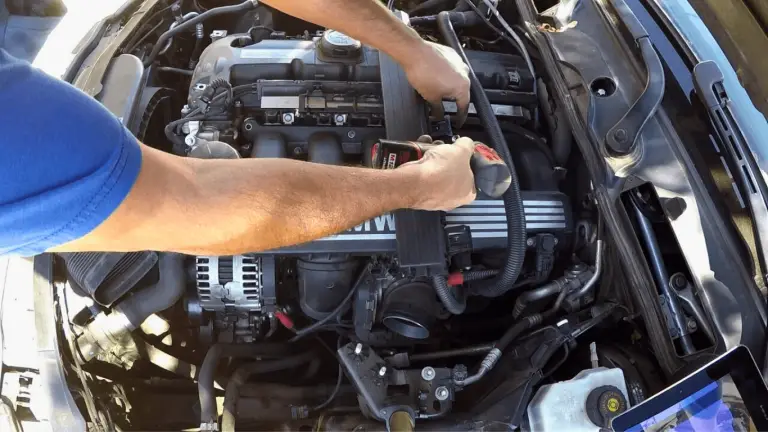BMW Vanos Repair Cost: What You Need to Know
Owning a BMW offers a driving experience like no other, with incredible power, handling, and luxury. However, as these vehicles age, critical engine systems like Vanos can start to fail. So how much does it cost to repair BMW Vanos and what impacts the price? The average repair cost is $1200 to $3000, but can exceed $4000 for newer BMW models or extensive damage. Read on as we dive into the causes of Vanos failure, symptoms to watch for, what exactly the repair involves, cost-saving tips, and how proper maintenance is key to avoiding major engine repairs down the road.
What is BMW Vanos and How Does it Work?
Vanos is BMW’s variable valve timing system found on most models since 1992. Similar to VTEC in Honda engines, Vanos optimizes engine performance by adjusting intake and exhaust camshaft timing. It provides benefits like:
- Increased low-end torque
- Improved high rpm power
- Reduced emissions
- Enhanced fuel efficiency
The system uses oil pressure to change camshaft timing by advancing or retarding cam phasers. This allows more precise control over valve overlap, duration, and lift.
On older BMW Vanos systems, each cylinder bank has a separate Vanos unit controlling intake and exhaust cam timing. Newer double or quad Vanos systems added on later engines feature variable timing for both intake and exhaust cams.
When operating properly, Vanos provides a broad powerband and the responsiveness BMW engines are known for. But over time, wear in this complex system can lead to reduced engine performance and costly repairs.
What Causes BMW Vanos System Failure?
There are a few common reasons Vanos wears out and fails in BMW engines:
1. Oil Sludge Buildup
Sludge accumulation from infrequent oil changes or using cheap low-quality oil can damage Vanos components. The variable timing gears rely on clean oil for lubrication. Sludge obstructs oil passages and prevents proper hydraulic operation.
2. Worn Timing Components
The plastic timing components inside Vanos wear out over time. Phasers, sprockets, chains and guides are common parts needing replacement past 100k miles. The timing chain can stretch, causing the cam timing to be off.
3. Failed Solenoid Valves
Electric solenoid valves direct oil pressure to adjust cam timing. These valves are prone to failure as they accumulate miles, causing check engine lights for incorrect cam correlation codes.
4. Oil Leaks
External oil leaks from failed seals and gaskets reduce oil pressure needed for Vanos operation. Low oil also accelerates wear inside the Vanos unit.
With any of these issues, the Vanos system cannot properly vary valve timing, reducing engine power and fuel efficiency. Prolonged operation with a malfunctioning system can lead to further engine damage.
Symptoms of Failing BMW Vanos System
How can you tell if your BMW’s Vanos system is worn out or failing? Here are the most common symptoms:
- Check Engine Light – Fault codes for the camshaft position sensors, timing over-advanced or under-retarded codes point to Vanos issues.
- Rough Engine Idling – Improper cam timing from a failing Vanos causes irregular idle speeds and occasional stalling.
- Loss of Power – You may notice a lack of low end torque or reduced acceleration. Vanos optimizes the engine’s power band, so when it fails power suffers.
- Increased Fuel Consumption – Worsening fuel economy can indicate the ECU detecting problems with the Vanos system.
- Rattling Noises – A rattling or tapping sound from the valve train area signals a timing chain or phaser problem.
- Oil Leaks – Seals and gaskets dry out and leak over time, reducing oil pressure for the Vanos actuators.
Don’t ignore these symptoms when they first arise. Driving with a damaged BMW Vanos system will likely result in even costlier repairs down the road.
How Much Does BMW Vanos Repair or Replacement Cost?
The cost to repair or replace the BMW Vanos system can vary quite a bit depending on factors such as:
- Level of Damage – Are you just replacing worn timing components or doing a full rebuild? Complete rebuilds are more expensive.
- BMW Model – Newer and higher-end BMW models have more complex Vanos systems that are pricier to repair.
- Shop Labor Rates – Independent shops offer lower rates than the dealer, saving money on labor time.
- Part Costs – OEM BMW parts are very expensive. Quality aftermarket parts can reduce costs 20-40%.
- Location – Big cities have higher shop labor rates. Repairs cost more in places like NYC, LA, and San Francisco.
The typical range for BMW Vanos repair costs is:
- Minor Repairs – $1200 to $1800 for items like solenoids, sensors, seals/gaskets
- Timing Components – $1500 to $2500 for replacement of worn phasers, chains, guides, etc.
- Full Rebuild – $2500 up to $4000+ for complete Vanos disassembly and rebuild with all new components
While that sounds expensive, a properly operating Vanos is critical for optimal BMW engine performance and longevity. Additionally, repairs only increase if you continue driving with Vanos problems.
Cost-Saving Tips for BMW Vanos Repairs
You can reduce Vanos repair costs by:
- Using quality aftermarket parts – Genuine BMW parts are very pricey. Aftermarket versions made by reputable brands can cut parts costs 20-40% without sacrificing quality.
- Finding an independent shop – Their hourly rates are typically lower than dealers. Check reviews to find a specialist familiar with BMW Vanos systems.
- Only replacing damaged components – Don’t just throw new parts at it without verifying what components have failed. Comprehensive diagnosis is key.
- Buying your own parts – You can try sourcing Vanos repair parts yourself online to save more on markup. Provide them to the shop doing the repair.
- Negotiating on labor time – Come prepared with realistic repair time estimates and don’t pay full book time if the job took less time.
If the Vanos damage is extensive, the larger expense of a full rebuild or replacement may be required. But for minor issues, just replacing a few components can be much cheaper.
Is it Safe to Drive with Failing BMW Vanos?
Once you notice any symptoms of Vanos failure in your BMW, it’s recommended to address it promptly to avoid further issues. While you can likely drive short distances to your repair shop safely, prolonged operation with a damaged Vanos can lead to:
- Check engine light constantly coming on
- Increased sludge buildup and oil contamination
- Accelerated wear of internal engine components
- Complete Vanos failure stranding you or causing an accident
In worst case scenarios, the loose timing chain could skip timing and cause valve or piston damage. The gradual power loss from a failing Vanos also impacts safety when trying to rapidly accelerate.
Diagnosing the problem early and making needed Vanos repairs quickly reduces the risks of a larger engine failure down the road. The small hassle of a Vanos repair now beats an expensive engine rebuild later.
What’s Involved in Repairing BMW Vanos?
Vanos service involves a series of steps to inspect, test, and replace components. Here is an overview of the process:
Diagnosis
- Technician scans for any engine codes pointing to Vanos issues. Cam timing faults, solenoid and sensor codes indicate where problems may lie.
- They will also test engine operation and performance. Diagnosing symptoms gives clues to what Vanos components need attention.
- Oil leaks, sludge, and physical damage is inspected. The full picture determines the repair scope.
Disassembly
- With the engine cooled, the Vanos unit is disconnected from camshafts and removed from the engine.
- Complete disassembly allows a visual inspection of all interior components. Wear, debris, and damage is identified.
Testing Components
- Solenoids and sensors are tested on a bench to verify operation. Electrical faults are found.
- Chains, gears, and shafts are checked for stretching or excessive play confirming worn parts.
Replacement of Damaged Parts
- Based on testing results, the mechanic replaces any damaged or worn parts with new BMW OEM or quality aftermarket components.
- Typical items replaced – solenoids, sensors, gaskets, seals, phasers, sprockets, chain guides.
Reassembly and Installation
- The Vanos unit is reassembled with cleaned components and new parts.
- It is reinstalled on the engine, timed properly, and reconnected. Oil flow is verified.
Programming and Final Testing
- For newer BMW models, the Vanos software may need an update after repair.
- Post-repair test driving confirms smooth operation and clearing of codes before returning the vehicle.
Proper disassembly, inspection, cleaning, and part replacement is critical to fix Vanos issues and prevent early re-failure. Trust this complex repair only to an experienced BMW specialist.
Can I Do a BMW Vanos Repair Myself?
For most do-it-yourself mechanics, attempting a BMW Vanos repair in your garage is not advised. This service requires special tools, mechanical skills, and computer programming ability. Specific reasons DIY Vanos repairs can be challenging include:
- Need for BMW scan tool to read codes, test components, and reprogram Vanos software
- Involved engine disassembly to access the Vanos system
- Precise camshaft timing procedures when reinstalling
- Specialized tools like locking tools to hold camshaft sprockets
- Lack of resources to properly test components like solenoids off the vehicle
- Need to bleed oil and check for leaks after the repair
Unless you’re an advanced auto tech with BMW experience, it’s not worth the risks and chances of botching the repair when you can have a specialist handle it properly. Sure, you can save on labor costs, but not if you introduce new problems.
Maintaining Your BMW Vanos System
While all mechanical systems eventually wear out, you can maximize the lifespan of your BMW’s Vanos and minimize repair costs by:
- Follow the maintenance schedule – Don’t skip or delay oil changes. Use quality full synthetic oil. Replace seals/gaskets before they leak.
- Watch for leaks – Inspect for oil leaks at the Vanos unit seals and gaskets. Have them replaced right away before major leaks develop. Small leaks can reduce oil pressure and allow sludge buildup.
- Listen for noises – Be alert for rattling noises from the valve train indicating worn timing components. Address at first signs.
- Diagnose symptoms promptly – If you notice rough idling, power loss, or other symptoms have it inspected immediately to identify issues early.
- Use quality gasoline – Premium fuel helps keep injectors and intake valves clean. Lower quality gasoline increases carbon deposits which can affect Vanos operation.
- Consider additive cleaners – Fuel system cleaners and oil additives help remove sludge which is very damaging to Vanos components.
Remember, an ounce of prevention is worth a pound of cure. Well maintained BMW engines can go 100k+ miles before needing major Vanos repairs. But neglect leads to early and costly failures.
Key Takeaways on BMW Vanos Repair Cost
Having your BMW’s Vanos system repaired can be an unwelcome expenses, with the average cost ranging from $1200 – $3000. But there are steps you can take to reduce repair costs and prolong your Vanos life:
- Use aftermarket parts and an independent shop to save money
- Only replace components that are truly worn or damaged
- Keep up on maintenance and fix leaks early
- Don’t ignore initial symptoms of failure – address promptly
- Consider high-quality additives and fuels
While BMW Vanos is a complex system, understanding what causes it to fail and the repair process allows you to make informed decisions. Seek out a knowledgeable BMW specialist, get quotes from several shops, and review the scope of work being recommend to ensure fair pricing. Investing in preventive maintenance is the best way to avoid premature Vanos repairs down the road.
Conclusion
The Vanos variable valve timing system is critical to optimal performance in BMW engines. But failure of the plastic components, solenoids, and oil leaks causes reduced power, rougher idle, and decreased fuel economy over time. Repair costs typically range from $1200 – $3000 based on the BMW model, mileage, level of damage and your location. Using OEM BMW parts, the dealer, and undergoing a complete rebuild all increase the price.
You can control costs by finding a quality independent shop, sourcing good aftermarket replacement parts online, only fixing what is actually damaged, and negotiating labor times. But the best savings come from staying diligent on maintenance like regular oil changes, inspecting for leaks early, and addressing any Vanos-related check engine codes promptly to avoid further internal wear. With proper care, a BMW Vanos system can exceed 100k miles before major repairs are needed. Does your Vanos-equipped BMW need attention? Consult a technician specializing in BMW engines to inspect and diagnose your symptoms. Quality preventive maintenance now reduces the likelihood of expensive engine repairs and prolonged downtime later on.

